Matthew Murrie's Blog, page 12
January 19, 2021
What If a Shark Is Spookier Than a Goblin?
Get curious about goblin sharks... if you dare!

What: A shark that acts as much as a monster as it looks.
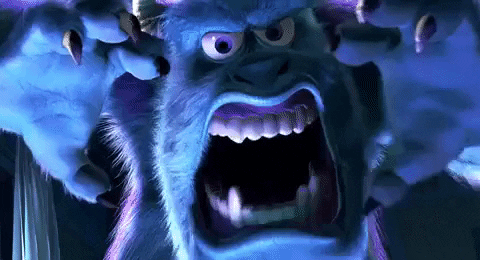
Who: Tengu is a supernatural being from Japanese folklore after which the goblin shark is named. How? Why? Find out in The Screaming Hairy Armadillo!

When: When did goblin sharks first roam the Earth? Many million years, to be inexact. Goblin sharks are as old as dinosaurs--so old they are what scientists refer to as a living fossil.

Where: Goblin sharks live deep--up to 4,300 feet deep!--down in the ocean where it's dark... and extra spooky!
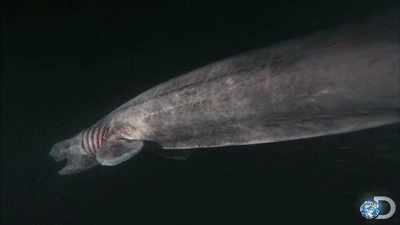
How: Goblin sharks can hope their mouths 111 degrees wide! How wide is that? If you could open your mouth that wide, your lower jaw would hit your chest!
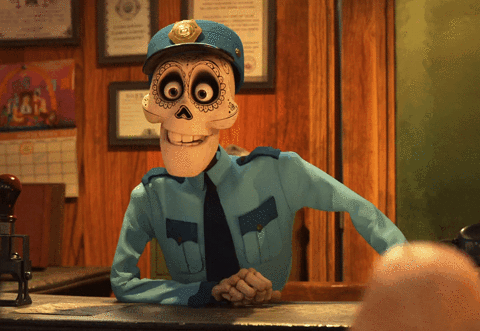
Why: Why do you think goblin sharks have been able to survive from the days of the dinosaurs until today? They have had to have several things go right, from where they live to how they behave. What can humans learn from goblins to live longer?

Huh?: Why do goblin sharks have a snout in the shape of a sword sticking out of their head? Scientists don't know why! But they suspect it may have super-sensitive electrical receptors to help the goblin shark locate their lunch.

Wow!: You've heard of eating take out, but how about throwing your mouth out to eat? Goblin sharks eat using what scientists call "slingshot feeding."
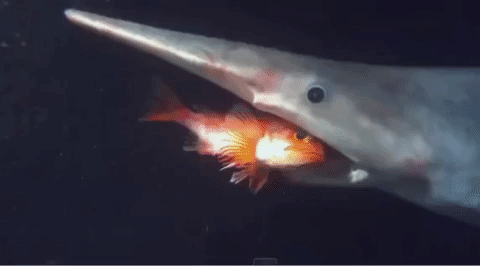
Keep getting curious about animals with ,The Screaming Hairy Armadillo and it's free ,Educator's Guide!
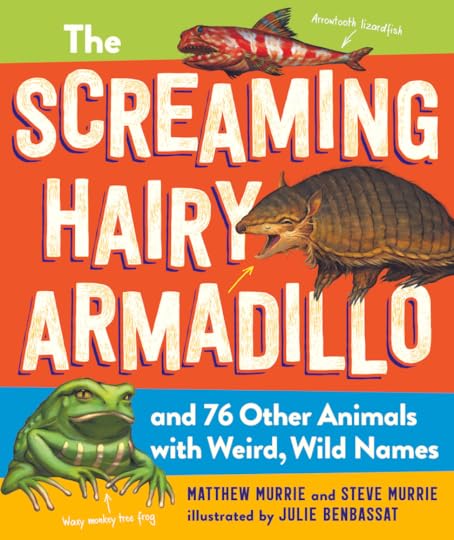

January 16, 2021
What If You Be Smooth Like Blobfish?
What if a weak appearance is actually a strength?
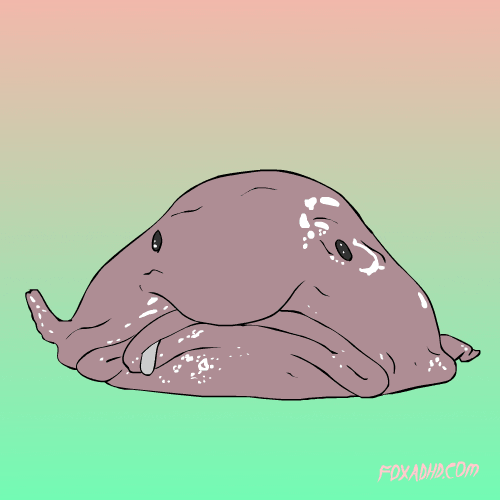
The smooth-headed blobfish may look like a mess, but that's just how it handles the stress of living under so much pressure.
In order to eek out a living 2,000 - 4,000 feet below the surface off the ocean floor, the smooth-headed blobfish must have muscles with low mass and soft bones to withstand all the pressure pushing down from above.
On the plus side of looking ugly, it's easy eatin' for the smooth-headed blobfish as they waste most of their days waiting for prey to pass by as they swallow them whole with barely moving at all.
Entrepreneurs are constantly measuring and evaluating their strengths and weaknesses. What is an apparent weakness--perceived or real--of your company, product, or service you believe is actually (or could become) a secret strength?
Now that you know, how can you communicate this strength to your customers or further activate to your advantage?
Want to stay curious? What if you feed your curiosity and the Animal Entrepreneur!


January 15, 2021
Ba Humbugi Curiosity
What if a scrooge inspired the name of a snail?

What: Ba humbugi is one of the rarest, smallest mollusks on the planet.

Who: Malacologists, like Alan Solem who gave Ba humbugi its festive name, are scientists who study mollusks like the Ba humbugi and other snails.

When: Scientists of science past might be super stuffy, but scientists of science present and future also have stellar senses of humor. They might be their "scientific" names but listen to how they sound when you say names like the Ba humbugi snail and the super small species of sea snail, ittibittium out loud... lol.

Where: The Mba District on the Fijian island of Viti Levu is where Solem discovered the Ba humbugi along with the inspiration of the name of the genus Ba.

How: How many Ba humbugis are there? Only four that we know of! The four specimens of Ba humbugi Solem studied when he first discovered them are the only Ba humbugi ever seen!

Why: Why are Ba humbugi so hard to spot? They aren't fast, but they are as small as they are slow, slugging around a shell that only grows to 0.09 - 0.13 inches in diameter!
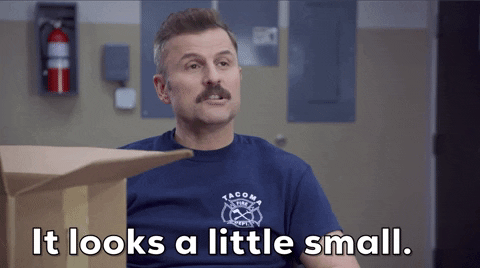
Huh?: What's a mollusk? Mollusks are members of one of the most populated phyla in the animal kingdom. Discover which phylum that is along with which familiar animals are also members in The Screaming Hairy Armadillo.

Wow!: What if Alan Solem and the Ba humbugi are evidence that scientists don't have to be stuffy and that small discoveries can be huge!

Keep getting curious about animals with ,The Screaming Hairy Armadilloand it's free ,Educator's Guide!

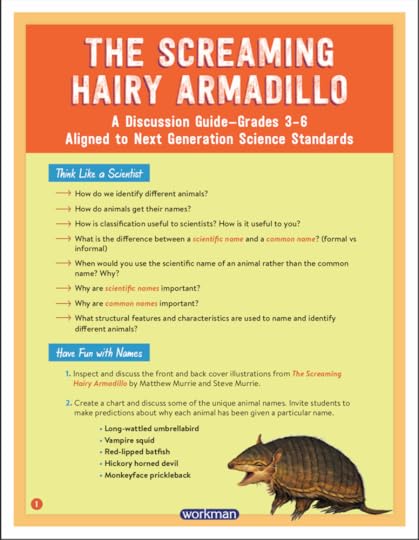
January 14, 2021
Moonrats, Misnomers, and Entrepreneurs
What if you learn innovation from a moonrat?

Moonrats aren't exactly a creature you'd want to cuddle up with; fortunately, they've found other ways to survive. As misfortunate are their looks, their name might be even more unfortunate because it's not even true! Moonrats are neither rats, nor are they from the moon.
But then again, buffalo wings are neither wings, nor from buffalos... but they are from Buffalo, New York. In 1964 entrepreneur of the Anchor Bar, Teressa Bellissimo was curious what some leftover chicken wings cooked in some hot sauce would taste like. It was flight at first bight!
Even though they're both misnomers, moonrats and buffalo wings don't let the little details get in their way; rather, they focus on what's beneath their names: coming out at night to feast on insects and delighting billions with a spicy, savory, taste.
One of the first and continuous lessons entrepreneurs learn is that entrepreneurship is rife with misnomers, from business plans to elevator pitches, things aren't always exactly what they say they are.
The sooner and more consistently you are able to navigate this reality and find ways to use it to your advantage, the sooner you can convert potential confusion into potential opportunities and profit.
Keep in mind that the names moonrat and buffalo wing are effective even if not accurate, because they have some tether to a truth--they are nocturnal animals that look a lot like a rat and chicken wings from Buffalo. The same holds in entrepreneurship, so as you encounter misnomers, be sure to discover the hows and whys they are.
What's in a name? Think about the name of a product, service, or project you are working on. What if you changed one part of its name? What if you intentionally gave it a misnomer to give you or it a new advantage?
Want to stay curious? What if you feed your curiosity and the Animal Entrepreneur!


January 13, 2021
Curious about Cuckoo Wasps
Cuckoo wasps: crazy, crafty, or just plain terrifying!
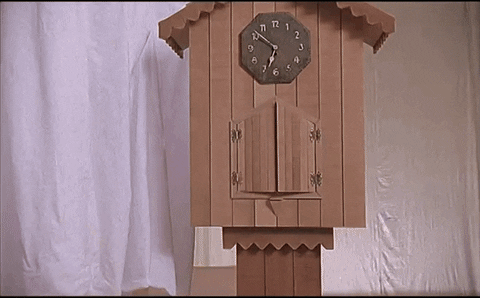
What: Cuckoo wasps are wasps that are even more clever and crafty than they are cuckoo!
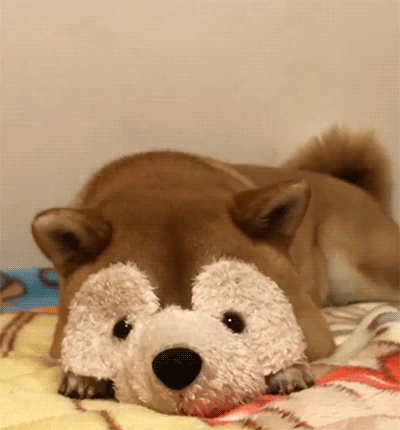
Who: Cuckoo wasps are similar to cuckoo birds with whom they share the cuckoo name in that they both trick other animals to care for and feed their babies.

When: When cuckoo wasps are attacked, they roll up into a protective ball like an armadillo or pill bug in a process called, "conglobation."
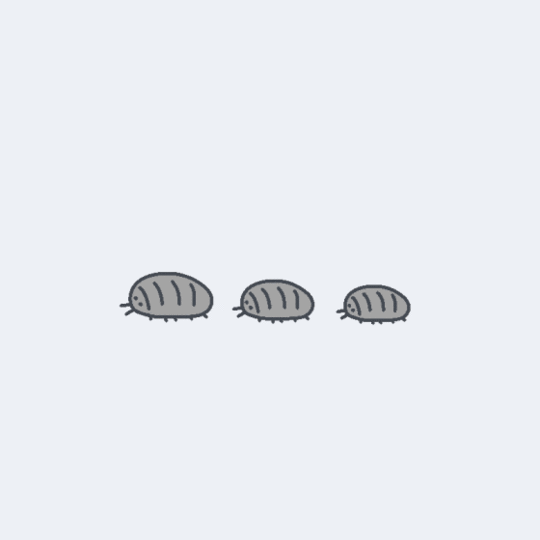
Where: They're everywhere! Cuckoo wasps live all over our world.

How: How many species of cuckoo wasps are there? Over 3,000!
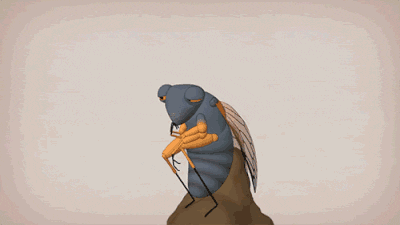
Why: Why aren't cuckoo wasps considered to be parasites? Because they're considered to be parasitoids and kleptoparasites. What is a parasitoid and kleptoparasite? Find out in ,,The Screaming Hairy Armadillo!

Huh?: Worst guests ever... not only do cuckoo wasp larvae steal food from other wasp larvae, sometimes they'll even eat the larvae of the wasp "hosting" them!

Wow!: Cuckoo wasps are some of the most magnificently colored critters in the animal kingdom with shimmering iridescent blues, purples, and greens, maybe they should be called "peacock wasps"!
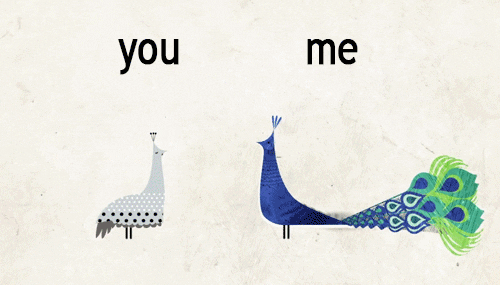
Keep getting curious about animals with ,,The Screaming Hairy Armadillo and it's free ,Educator's Guide!


January 11, 2021
Curious About the Naked Mole Rat
What if naked is gnarly?

What: A bucktoothed, hairless, wrinkly, pink skinned, totally naked, one-of-a-kind rodent.
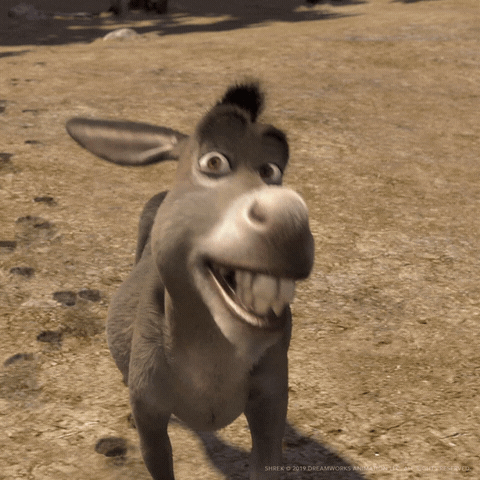
Who: All alone :( the naked mole rat is the lone member of the Heterocephalidae family (and you find out who it's closest relatives are in The Screaming Hairy Armadillo).

When: Since they anin't got no clothes on, when it gets chilly naked mole rats will crowd together in their underground colonies to keep warm.
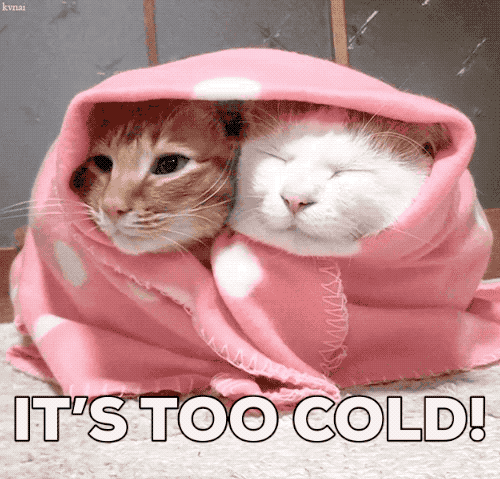
Where: Naked mole rats live in underground tunnel systems throughout East African deserts.
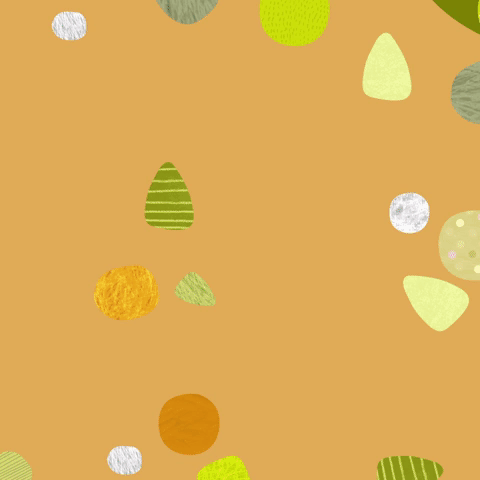
How: Those buck teeth aren't just for looks. How strong are they? Strong enough to eat through concrete!
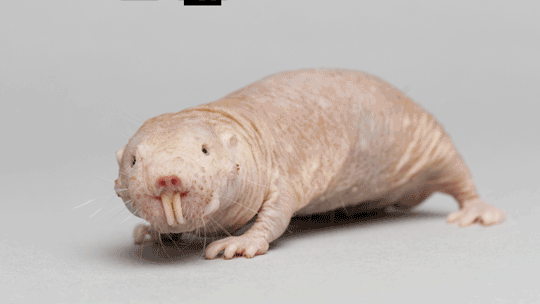
Why: Why are they called naked mole rats if they are naked, but they're neither moles nor rats? Because they live underground like moles, and have tails that look like the tail of a rat.
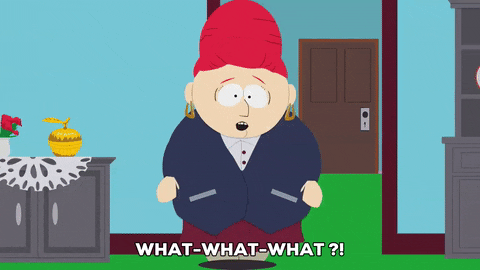
Huh?: Naked mole rats are huge recyclers: they've adapted to digest additional nutrients from the same food they already ate... that's right, they eat their own poo.

Wow!: Scientists are studying naked mole rats not for what they're missing on the outside, but what they're able to do on the inside: naked mole rats have a chemical called hyaluronan that blocks the formation of cancer tumors... what if what these scientists discover studying naked mole rats is how to fight cancer and aging in humans?!
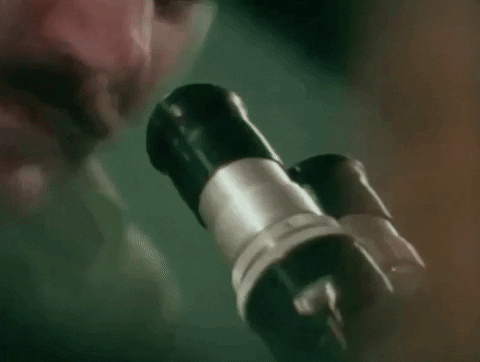
Keep getting curious about animals with The Screaming Hairy Armadillo !

January 8, 2021
What If You Flip the Script Like a Fish?
What if you took after a sarcastic fringehead and tried taking on a responsibility someone else on your team would typically do?

The sarcastic fringehead not only has a fascinating name (read why!), it also distinguishes itself from many other animals in that it is the fringehead father's job to protect the eggs rather than their sarcastic mother.
What if you took a day... hell, take an hour, to do the job of someone else, but do it with intention:
-discover what you're naturally good at
-discover what you naturally struggle with
-discover one way you can be more helpful to the person who normally has that responsibility
Furthermore, the sarcastic fringehead isn't really sarcastic (as far as scientists have been able to determine), at least not in the sense we use the term "sarcasm" today; rather, it's name comes from the original Greek meaning of the word, sarkazein, or "to tear flesh off like a dog."
Words and their meanings can change over time. What could be a future (or dual) meaning of your company's name?
Want to stay curious? What if you feed your curiosity and the Animal Entrepreneur!


January 7, 2021
Curious About the Striped Pyjama Squid
What if animals wore pajamas?
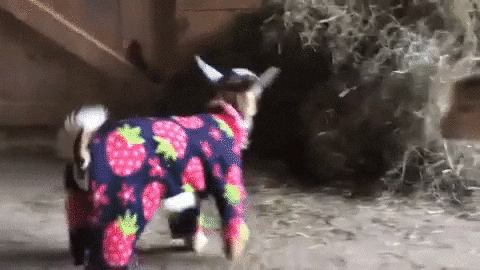
What: The Sepioloidea lineolata looks exactly like what its common name, the striped pyjama squid, suggests: a squid that looks like its wearing a pair of striped pajamas.
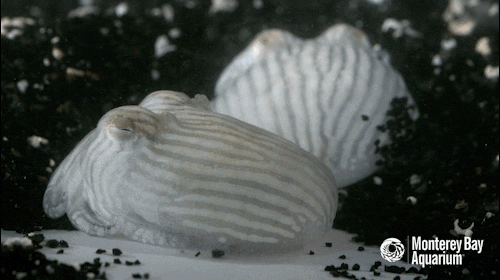
Who: Who is the striped pyjama squid, really? It's neither a squid, nor does it wear pajamas: it's a cuttlefish with camouflage that looks like pajamas!
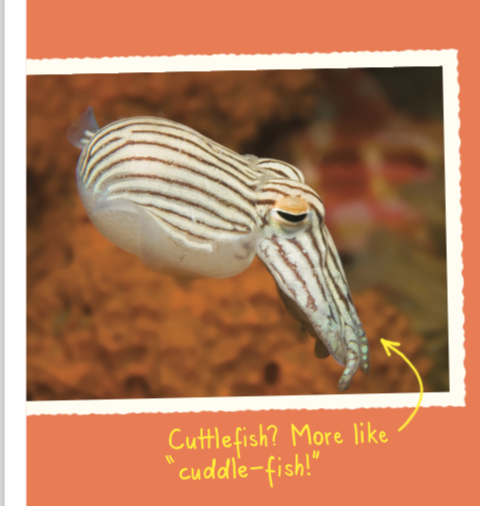
Image from ,The Screaming Hairy Armadillo
When: The striped pyjama squid may look like it's wearing pajamas, but it doesn't sleep at night; it's nocturnal.
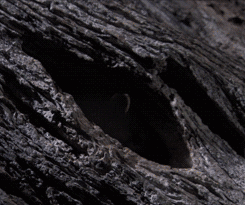
Where: The striped pyjama squid spends most of its days beneath the seafloor below the waters of the ,,Indo-Pacific south of Australia.

How: How do the striped pyjama squids behave when threatened? By oozing out poisonous slime!
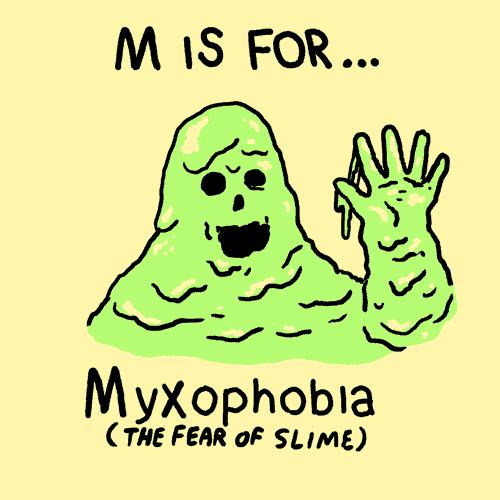
Why: Why pyjamas instead of pajamas? Pyjamas is the preferred spelling of the British who introduced pajamas to the Western world by British colonist in India who picked up the word and the garment from the locals.

Huh?: Did you know when it comes to cephalopods, there's a difference between arms and tentacles? What if you find out why?

Wow!: What if pyjamas and pajamas have a fascinating history! Read more here.
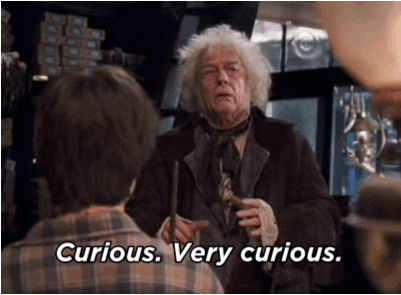
Still curious about the striped pyjama squid (or what cephalopods are)? Let your curiosity lead your learning about squids in pajamas as well as with many other super strange animals and how they got their crazy names in ,The Screaming Hairy Armadillo!

Welcome to the Animal Entrepreneur
What if your curiosity about animals can teach you valuable insights into entrepreneurship?
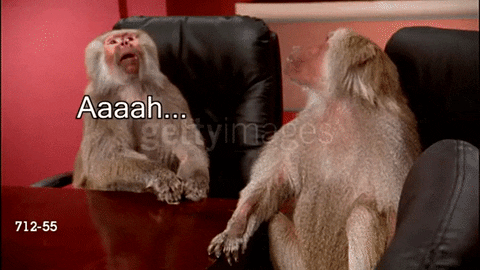
Like animals? Are you an entrepreneur? Welcome to the Entrepreneur Animal!
Biomimicry can be an incredibly powerful tool for entrepreneurs, innovators, and status-quo changers; but as an action it's pretty static. It needs a catalyst for application and relevance in order to drive action. The Entrepreneur Animal shares quick bits of innovation from our natural world to help catalyze actions in our entrepreneurial world.
If you are too impatient to see this play out here on the Animal Entrepreneur, you can get a sneak peak by bouncing over "What If You Learn Like a Coyote?."
Like entrepreneurs, animals can be many things, good, bad, bizarre, wild, and wonderful but they both must be clever, resourceful, and adaptable in order to survive in the long run no matter how strange it might first seem at first glance.
Take for example, the southern, hairy-nosed wombat. It poops in cubes. What's that got to do with you? If it gets you curious to learn a little more about the wonderful world of wombats, you will also discover that, unlike other marsupials, wombats have rearward facing pouches rather than the traditional joey pouches you see on kangaroos.
Why? So their pouches don't get all filled up with dirt during all the digging these "bulldozers of the bush" do.
As an entrepreneur, what is something you are doing or could experiment doing 180% in the opposite direction of what others do? What's someone else's circle you could square--or cube?
Want to stay curious? What if you feed your curiosity and the Animal Entrepreneur!


January 6, 2021
Curious about the Southern Hairy-Nosed Wombat
What's a wombat and what's up with poo?
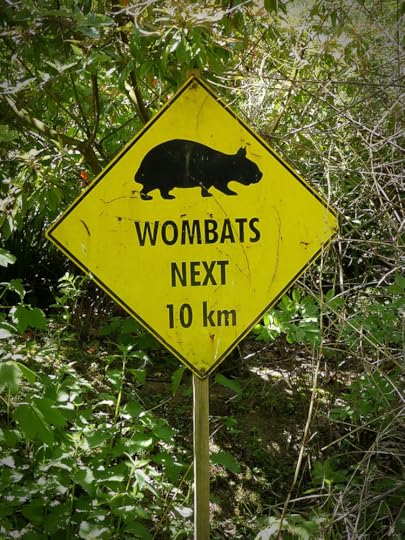
What: Southern hairy-nosed wombats are marsupials with hairy noses, duh!
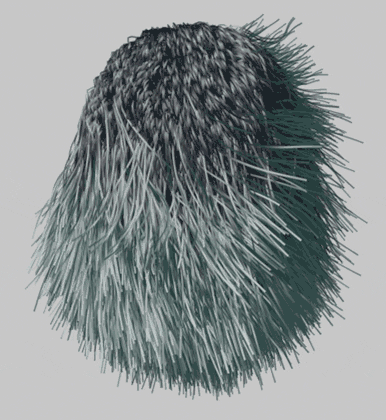
Who: The southern hairy-nosed wombat human neighbors call them "bulldozers of the bush" because of their digging abilities.

When: Southern hairy-nosed wombats don't have to worry about getting dirt on their babies while digging because, unlike a the more famous marsupial kangaroo, wombat baby pouches face rearward to keep dirt out of their pouches when digging.
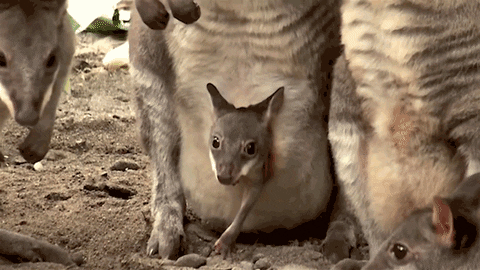
Where: Southern hairy-nosed wombats live along the southern coast of Australia.

How: How do southern hairy-nosed wombats communicate? They use scents and sound; usually they leave scents behind like clues for other wombats to discover.
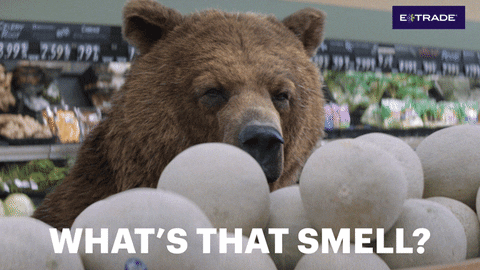
Why: Why do southern hairy-nosed wombats dig so much? Because they spend so much time burrowing or in their burrows; in fact, they burrow so much, they often build intricate underground warrens where the spend much of their time.

Huh?: Northern, southern, hairy, bare... there are three species of wombats: bare-nosed wombat, northern hairy-nosed wombat, and the southern hairy-nose wombat--and the northern hairy-nosed wombat is currently considered a critically endangered species.

Wow!: You probably don't know the exact shape of your poo, but you can know the shape of the southern hairy-nosed wombat's! They poop cube-shaped poo!
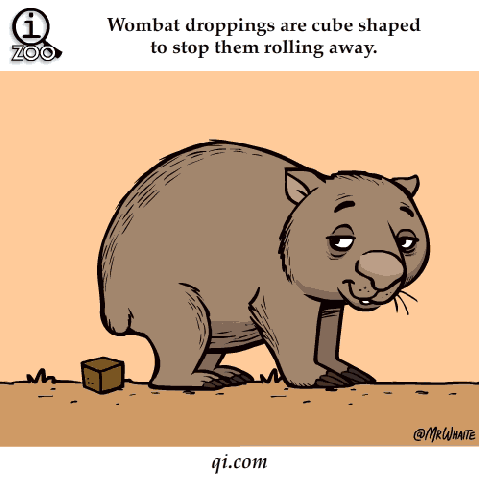
Still curious about the southern hairy-nosed wombat--or what a marsupial is? Let your curiosity lead your learning about southern hairy-nosed wombat and many other animals and how they got their crazy names in The Screaming Hairy Armadillo!




